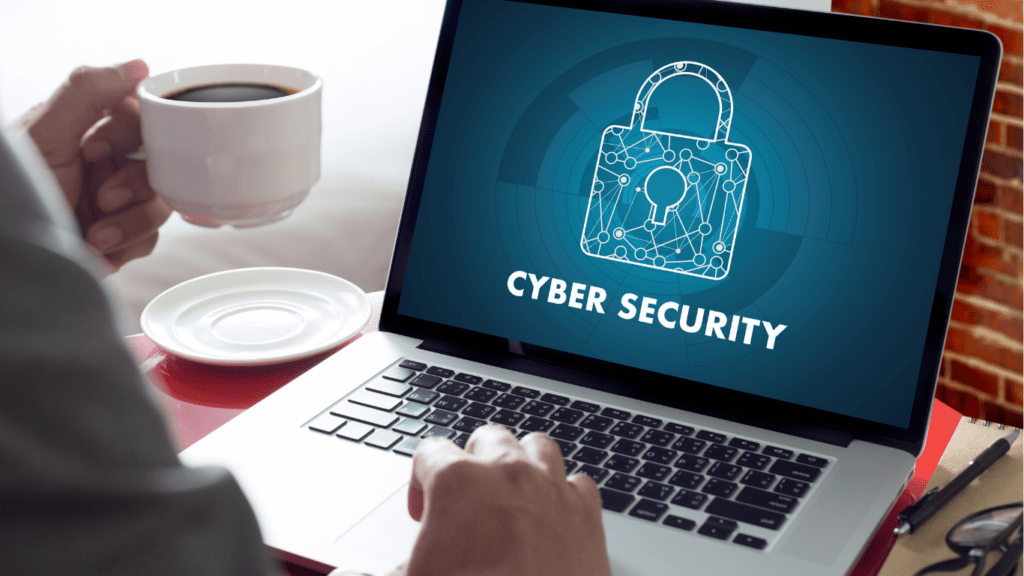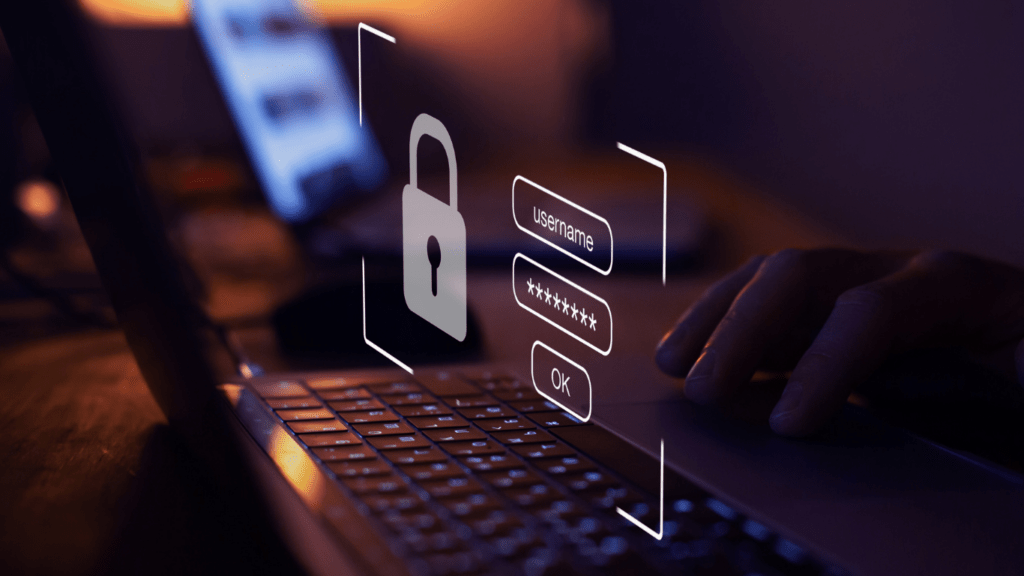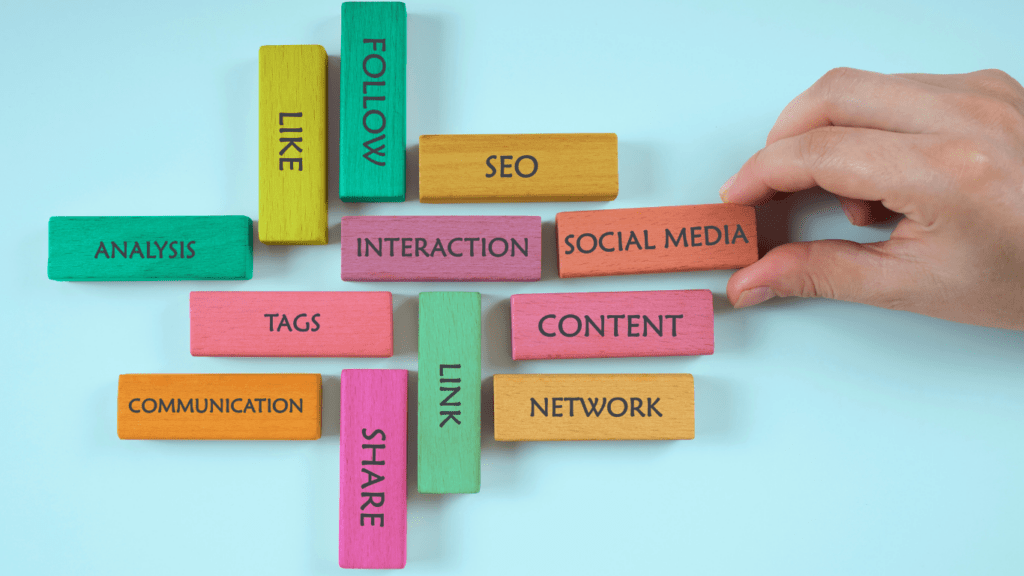In 2025, protecting personal data isn’t just smart—it’s essential. With cyber threats evolving faster than ever, our online lives are more vulnerable to breaches and scams. Hackers are getting more sophisticated, making it crucial to stay one step ahead to safeguard sensitive information.
Why Cybersecurity Matters More Than Ever in 2025
Cybersecurity has become a critical priority in 2025 as cyberattacks grow in frequency and complexity. With advancements like AI-driven hacking tools and sophisticated ransomware, personal data is at greater risk than ever. Attackers target both individuals and institutions, exploiting vulnerabilities in digital systems to steal sensitive information.
The widespread use of Internet of Things (IoT) devices has further amplified security challenges. These devices, ranging from smart home systems to wearables, often lack robust security measures, creating new entry points for hackers. A single exploited device can compromise entire networks, leading to extensive data breaches.
Rising cases of identity theft and financial fraud highlight the dire consequences of weak security protocols. According to global reports, data breaches exposed over 20 billion records in recent years, and this trend shows no signs of slowing. Without proper protection, personal privacy and financial stability are jeopardized.
Maintaining strong cybersecurity habits in 2025 is no longer optional. As digital reliance increases, safeguarding personal data becomes essential to prevent costly and damaging outcomes.
Understanding Modern Threats to Personal Data
Cyber threats are evolving, making personal data increasingly vulnerable. New tactics from hackers exploit technology advancements and user behavior.
Common Cybersecurity Threats in 2025
- Ransomware: Attackers lock users out of their data unless payment is made. Cases surged in 2024, with damages exceeding $30 billion globally.
- Phishing scams: Cybercriminals impersonate trusted entities to steal information. Over 3.4 billion phishing emails are sent daily, tricking individuals into revealing sensitive data.
- AI-driven attacks: Hackers use artificial intelligence to automate and personalize attacks. Deepfake technology is now leveraged to breach accounts and manipulate transactions.
- IoT vulnerabilities: Devices like smart thermostats and home security cameras lack robust security. Hackers exploit weak points to access networks.
- Malware: Software installed to damage systems or steal data remains a pervasive threat. Recent spyware attacks targeted over 50 million devices worldwide.
The Impact of Data Breaches on Individuals
- Identity theft: Breaches put personal details like Social Security numbers at risk. In 2023 alone, 15 million individuals reported identity theft.
- Financial loss: Stolen bank or credit card information leads to unauthorized transactions. Victims lose an average of $1,200 per incident.
- Privacy invasion: Exposed data compromise personal safety, such as leaked addresses or messages. Once online, recovery or removal becomes challenging.
- Emotional toll: Breach victims often deal with increased stress and anxiety. Rebuilding trust in digital systems is costly and time-intensive.
Essential Cybersecurity Tips to Protect Your Personal Data in 2025

Cybersecurity in 2025 demands vigilance and proactive measures. Following these key practices will enhance the safety of your personal data against evolving threats.
Securing Your Online Accounts with Strong Passwords
Creating strong passwords is a fundamental aspect of account security. A strong password contains at least 12 characters and includes a mix of uppercase letters, lowercase letters, numbers, and symbols. Avoid predictable combinations like “123456” or “password.” Use a password manager to store and generate unique passwords for each account. For example, tools like LastPass or Dashlane simplify managing multiple complex passwords.
The Importance of Multi-Factor Authentication
Multi-factor authentication (MFA) adds an extra layer of security to your accounts by requiring a second verification step. This commonly involves receiving a code via text, email, or an authentication app. Even if someone obtains your password, they can’t access your account without the secondary code. Enable MFA on all sensitive accounts, such as:
- financial services
- social media
Recognizing and Avoiding Phishing Attempts
Phishing scams trick users into divulging personal information through fraudulent communications. Examine emails carefully, checking for spelling errors, unsolicited requests, or mismatched sender addresses. Suspicious links or attachments should never be clicked. Hover over URLs to verify their authenticity before interacting. For instance, banks typically won’t request sensitive information via email and will direct users to secure platforms instead.
Protecting Your Devices with Updated Software
Updated software ensures your devices have the latest security patches. Cybercriminals exploit vulnerabilities in outdated software, making updates essential. Enable automatic updates for your operating systems, applications, and antivirus software. For example, Apple’s macOS and Windows offer automatic update settings to keep systems protected without manual intervention.
Using a Reliable VPN for Public Networks
A virtual private network (VPN) encrypts your internet connection, shielding data from prying eyes on public Wi-Fi. Public networks, like those in cafes or airports, are common targets for hackers. Use reputable VPNs, such as NordVPN or ExpressVPN, to secure your connection and maintain privacy. Avoid free VPNs as they may compromise your data instead of protecting it.
Advanced Strategies for Enhanced Cybersecurity
Protecting personal data in 2025 requires advanced strategies to counter sophisticated cyber threats. Strengthening security layers can deter breaches and ensure that sensitive information remains safe.
Encrypting Sensitive Data
Encrypting sensitive data secures it during storage and transmission, making it unreadable to unauthorized users. I always use encryption tools for files containing critical information, such as financial documents or personal records. Full-disk encryption on devices, including laptops and smartphones, prevents data access even if a device is stolen. For emails and messages, I rely on secure communication platforms using end-to-end encryption.
Implementing encryption for cloud-stored files is equally vital. Many reputable cloud storage providers offer built-in encryption. When using third-party tools, I ensure they comply with industry standards like AES-256. Avoiding the transmission of unencrypted sensitive data over insecure channels, such as public Wi-Fi, eliminates potential vulnerabilities.
Regularly Monitoring Your Digital Presence
Regularly monitoring your digital presence helps detect unauthorized activities before they escalate. I frequently review my accounts across platforms, focusing on unusual login locations, unexpected password changes, or unfamiliar transactions. Using automated alerts from financial institutions and email providers aids in identifying anomalies in real time.
To minimize exposure, I periodically search for my personal information on search engines, particularly on lesser-known websites or databases, and request removal if leaked. Browser extensions and cybersecurity tools that scan for leaked credentials enhance visibility into breaches. Monitoring helps me take immediate actions, like resetting compromised passwords or freezing accounts if suspicious activity occurs.



